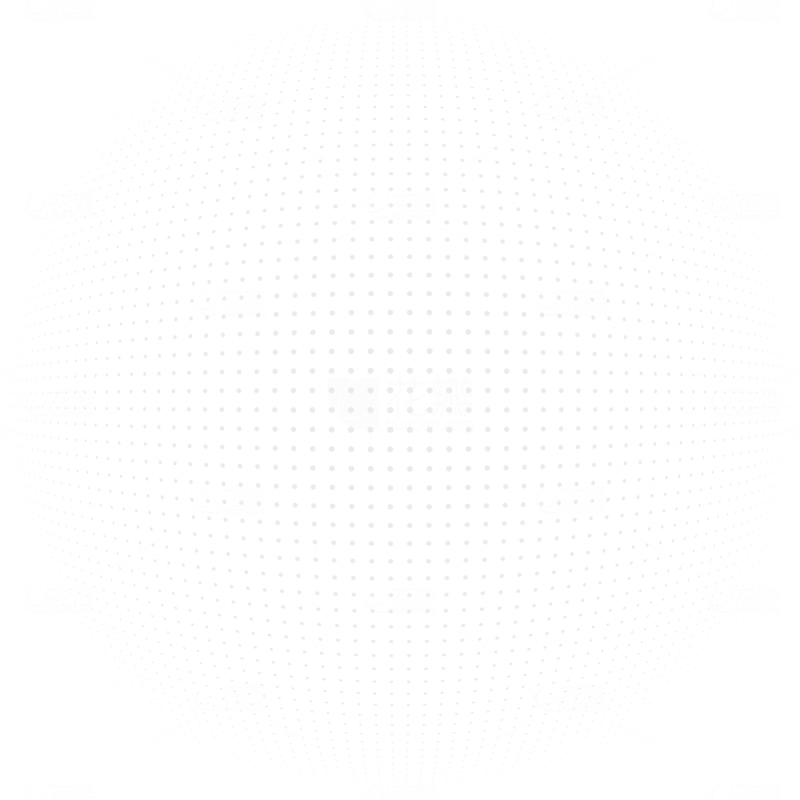

To meet China's needs for industrial construction and defense construction, Tsinghua University (hereinafter referred to as"the University") set up a number of automation-related majors in the 1950s, including theIndustrialElectrification and Automation (in the Department of Electrical Engineering in 1955), Automation and Tele-mechanics (in the Department of Electrical Engineering in 1955, and renamed as Automatic Control in June 1958 after being incorporated into the Department of Automatic Control), and the Specialization of Automation of Thermal Equipment in the Major of Thermal Power Equipment, as well as the later Thermal Engineering Measurement and Automatic Control (in the Department of Power Machinery in 1956).
The University established the first Department of Automation in China (originally named the Department of Industrial Automation) by combining a number of related majors, whose faculty members mainly came from two departments—the Department of Electrical Engineering and the Department of Power Machinery. The Department of Electrical Engineering is staffed by teachers from the Teaching and Research Group of Industrial Electrification and Automation, the Teaching and Research Group of Electronics (formerly known as the Teaching and Research Group of Industrial Electronics), the Workshop of Silicon Controlled Components and Devices, and the departmentalofficeof the Department of Electrical Engineering, as well as those from other teaching and research groups; and the Department of Power Machinery is staffed by teachers from the Teaching and Research Group of Thermal Engineering Measurement and Automatic Control. When first established, the Department of Automation had about 200 faculty members (including 2 professors, 5 associate professors, 34 lecturers, and 43 teaching assistants) and 87 graduates from the class of 1970, in addition to some instructors teaching basic courses and politics. The Department of Automation began to recruit worker-farmer-soldier students in its year of establishment and enrolled 6 cohorts of students (1,264 in total) from 1970 to 1976.
The University adjusted its majors setting and merged some teachers originally engaged in the research and teaching of automatic control theory in the Department of Computer Science (i.e. the former Department of Automatic Control) into the Department of Automation to strengthen the theoretical foundation of the automation discipline. Later, the Control Theory Teaching and Research Group was established. In order to adapt to the development of national economic construction and to meet the challenges of the new technological revolution, the Department of Automation has made significant adjustments and developments in the construction and layout of its disciplines during this period. First, it updated the professional contents: on the one hand, it continued to consolidate and improve its advantages in control engineering and strengthen the research on the foundation of modern control theory and other new technologies; on the other hand, it took every chance to carry out teaching and scientific researches in the subjects of information technology and system engineering. With the support of Prof. ChangJiong, the famous information scientist and the member of the academic department of the Chinese Academy of Sciences, the Teaching and Research Group of Information Processing and Pattern Recognition and the corresponding doctoral degree awarding sites were established; and under the leadership of Prof. ZhengWeimin, the Systems Engineering Research Laboratory was established. At the same time, the Department actively carried out discipline construction by setting up the Institute of Automation Science and Technology in 1981, with Professor Chang Jiong as the first director. In addition, it vigorously developedgraduate education, and has set four graduate majors (disciplines), namely, Automatic Control Theory and Applications, Pattern Recognition and Intelligent Control, Systems Engineering, and Automation Instrumentation and Devices, which are among the first disciplines or majors announced by the Nation to have the right to confer doctoral degrees. After that, the Department of Automation established the System Emulation Laboratory (later renamed as the System Simulation Laboratory), which was equipped with advanced analog and digital computers at that time.
In order to meet the needs of national economic construction and scientific and technological development, the Department of Automation further broadened its access limit, combining the original three majors (Automatic Control, Production Process Automation, and Detection Technology and Automation Instrumentation) into two (Automatic Control and Process Automation, and Automatic Detection) in 1988 and integrating the said two majors into one, called Automation, in 1993.
The Department of Automation has actively participated in many national projects, including the construction of the experimental project "Computer Integrated Manufacturing System" (CIMS) and the open laboratory "Integrated Management and Decision Making Information System" (I-MADIS), both of which are the key projects in the field of high technology automation of China; additionally, the Department of Automation was entrusted by the State Science and Technology Commission of China to take charge of the work of the CIMS theme office. After five and a half years of hard work and joint efforts of various units inside and outside the University, the CIMS experimental project was completed and accepted by the Nation at the end of 1992. After that, it developed into an engineering research center for automation science and technology at an international advanced level, and was awarded the "University Leadership Award" by the American Society of Mechanical Engineers in 1995. With the further reform and opening-up, the Department of Automation has successively cooperated with many international companies since 1997 and has set up joint laboratories with Rockwell (USA), NEC and OMRON (Japan), and Festo and P+F (Germany), which greatly contributedto our teaching and research. In 1999, to cooperate with the institutional reform carried out by the University, the Department of Automation adjusted the original eight teaching and research groups to six institutes, namely, the Institute of Control Theory and Application, the Institute of System Integration Technology, the Institute of Information Processing Technology, the Institute of Process Control Technology, the Institute of System Engineering, and the Institute of Electronics and Testing Technology.